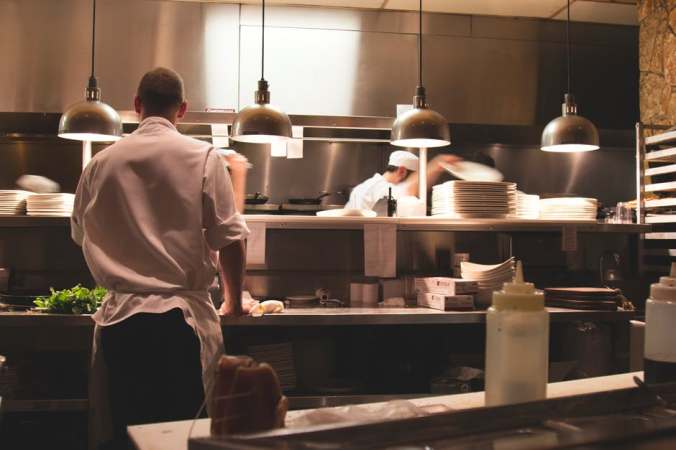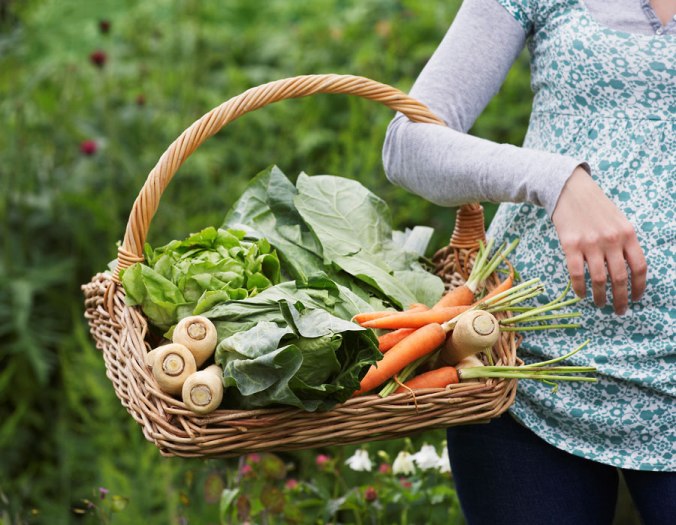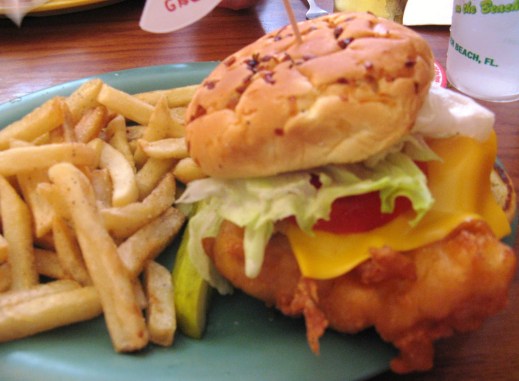Joshua Manocherian: Top 3 Common Issues That Restaurants Should Anticipate
As a restaurateur, Joshua Manocherian knows that any day can be the day when customer complaints might come, when safety issues could arise, or when accidents in the kitchen could happen. While you do not wish for these to happen at any given time, the chances of them happening are quite high; because every day, strangers walk in and each of them have their own personalities and quirks. Here Joshua shares the three most common issues that restaurants should learn to anticipate.
Before my wife and I opened our farm-to-table concept restaurant, we both knew that challenges would be an everyday occurrence; we just didn’t know at the time how huge some of these challenges were going to be. We thought we were prepared to face any challenge, be it food or customer service related. I can tell you now how gravely mistaken we were! What we went through during our first year in the business, we wouldn’t wish upon anyone else.
But we did learn a lot during that first year, and for the sake of healthy competition, I would like to share with my fellow restaurateurs the three common issues that restaurants must learn to anticipate, and be ready for. These are:
1. Poor customer service. You know, sometimes it doesn’t even matter to the customer how much you and your staff have done—and given—your best because to them, you still didn’t deliver the kind of service they expected. Anticipate customers who always have something to complain about. And regardless of whether or not who was at fault, your staff will always get the blame. Train your staff on how to handle such situations, and remind them to be humble and professional; rudeness and arrogance have no place in the dining area.
2. Kitchen accidents. Every restaurant owner knows that the kitchen staff is constantly exposed to accident risks (they work with knives and other sharp objects, and cooking equipment, for one thing) and while they may have safety measures in place, as well as safety reminders posted on every corner of the kitchen, accidents do happen. In this regard, your staff should be trained to handle such situations. From first response techniques to CPR, and keeping the incident from your customers in the dining area, your staff should be prepared to handle accidents. Panicking will only make matters worse.
3. Menu item not available. Sometimes, kitchens run out of ingredients or supplies and when this happens, menu items may not be available. Immediately inform your customers what these items are so they don’t have to waste time mulling over whether or not to order something that isn’t available. Also, offer other alternatives, and make sure to let the customers know what goes into the food that they are pushing. In this regard, you should also anticipate shortage of supplies. What do you when your supplier can’t make the delivery on a particular day? Do you have a back up supplier?
In our case, we grow our own vegetable garden, giving us more control over our most important supplies.
Do you have comments on this post? Please feel free to leave Joshua Manocherian a message below.
Please follow my other blog here Joshua Manocherian













